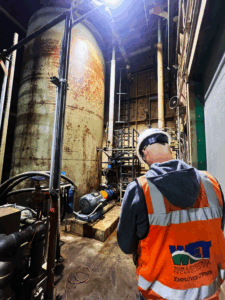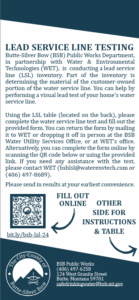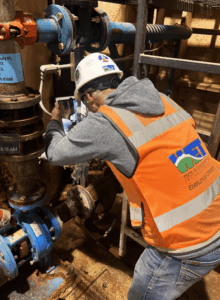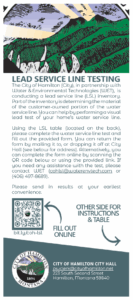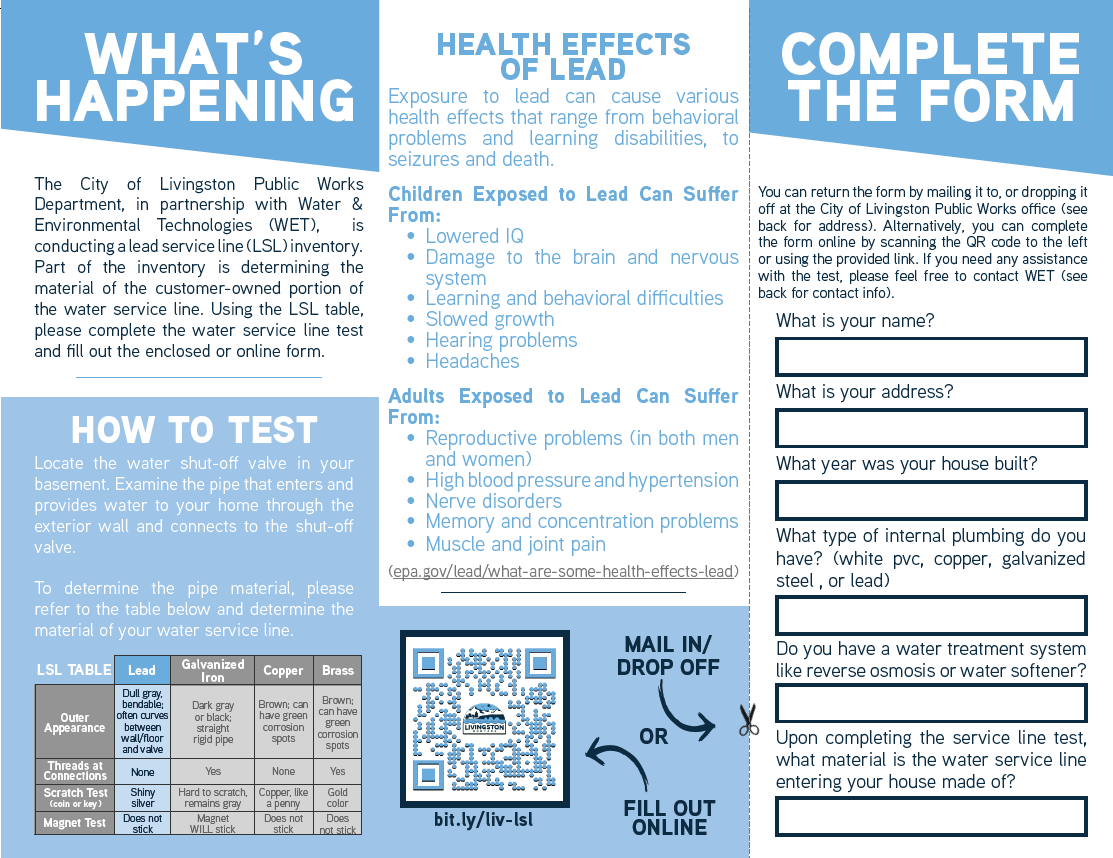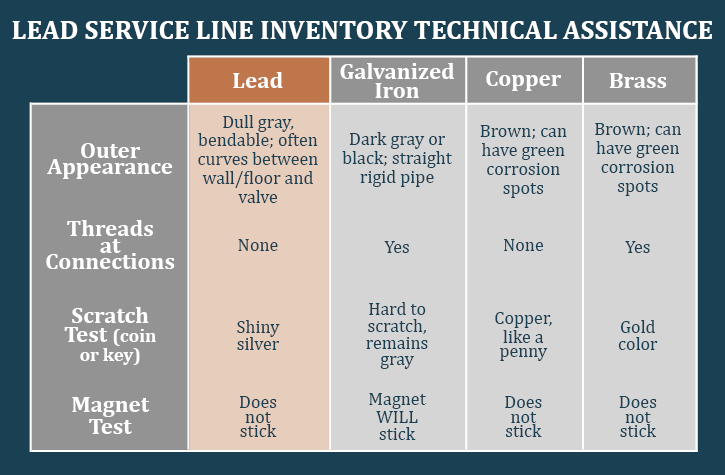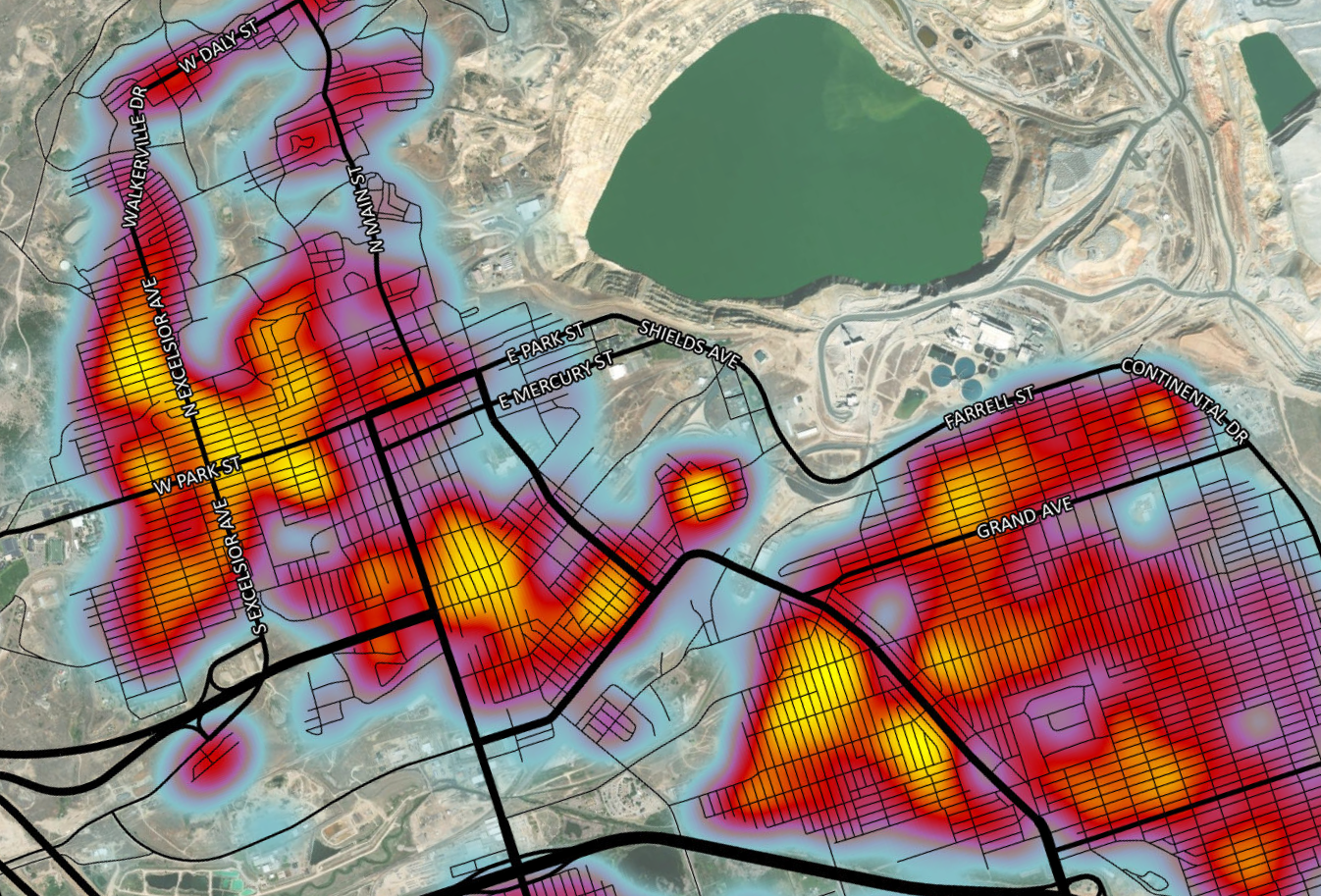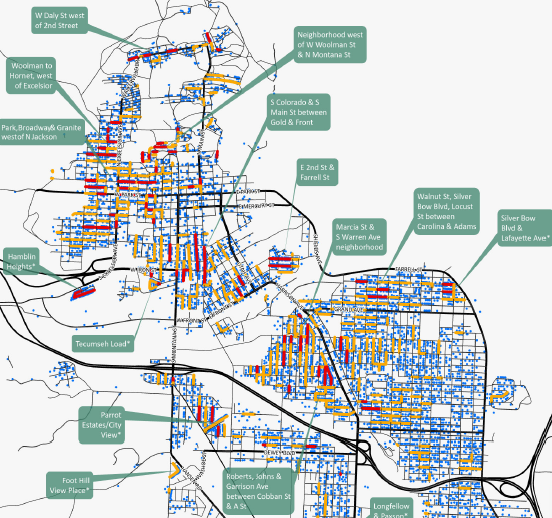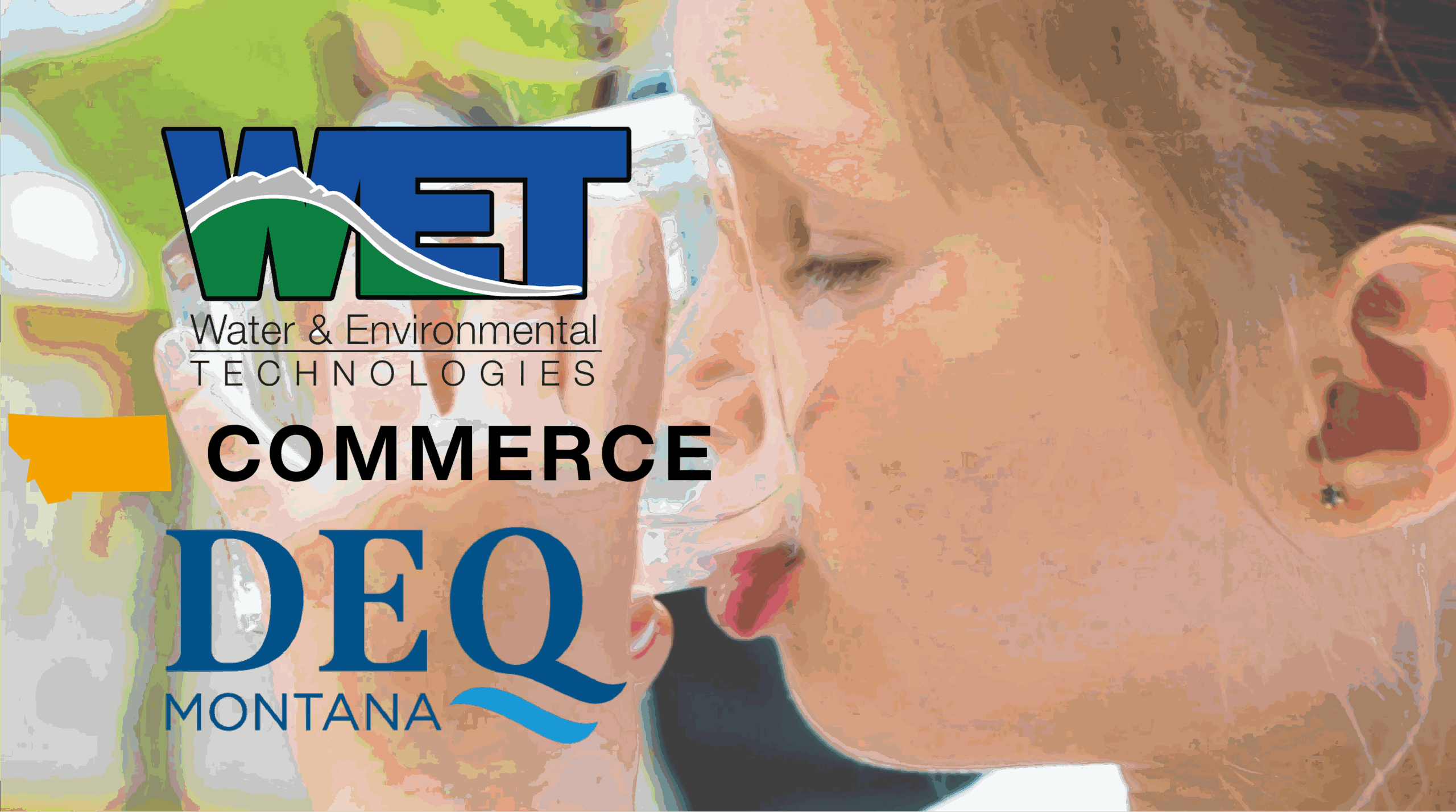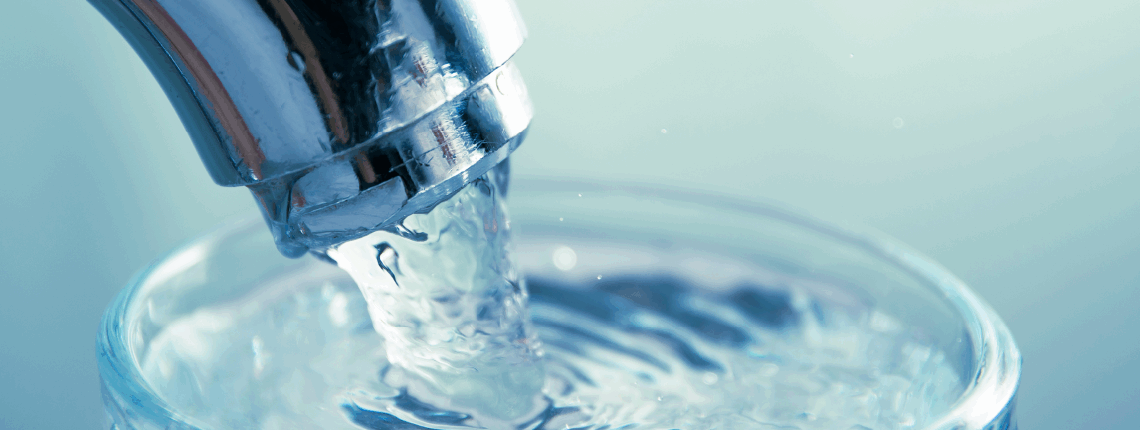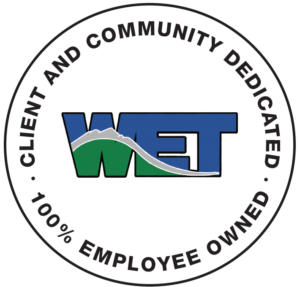LEAD POISONING PREVENTION IN WATER SERVICE LINES
Montana
Getting the Lead Out: Montana’s Lead Service Line Inventory Effort
For many decades, communities across the country have struggled with the hidden danger of lead in drinking water. The issue doesn’t stem from the water itself but from the old service lines—the pipes that carry water from the street main into homes and businesses. In many towns, especially those with houses built before the late 1980s, these pipes were occasionally made of lead.
The risks are well known. Even small amounts of lead can cause serious health issues, especially for children. Recognizing this, the federal government launched a nationwide campaign to ensure every public water system completes a detailed inventory of its service lines to identify where lead is still present in communities. To support this effort, Montana received more than $100 million in federal funding to support communities with inventorying, and the removal and replacement of lead service lines, ultimately promoting the health and safety of our people. Water & Environmental Technologies (WET) has been working alongside government officials, regulatory agencies, and community representatives throughout the state ensuring our communities have safe drinking water.
Through the Community Technical Assistance Program (CTAP), WET has partnered with public water supply systems of all sizes—from rural utilities serving just a few families to larger cities serving tens of thousands. The mission is simple but vital: identify the material of every service line, both on the “street side” and the “customer side,” and determine whether any lead or galvanized lines that need replacement no longer remain within the system.
Carrying out this mission requires a balance of technical expertise and community involvement. WET’s engineers and specialists begin by examining the paper trail—reviewing as-built drawings, curb cards, and decades-old service records—to identify where lead or galvanized pipes might still be in use. Simultaneously, outreach to residents has been equally important. Customized mailers, door hangers, newsletters, and websites linked via QR codes have made it easier for homeowners to share information about their service lines. Additionally, social media campaigns and community articles have helped explain why this inventory matters and how residents can participate.
The project also utilizes modern mapping tools. WET has developed interactive GIS platforms that enable water operators to view their entire system in real-time, update information from the field, and share inventory data with state regulators and community leaders. These tools facilitate organizing the inventory, tracking progress, and maintaining access to information for years to come.
Nevertheless, paper records and maps can only tell part of the story. To verify what’s actually in out there, WET has sent trained staff door-to-door to inspect service lines firsthand. These field inspections, combined with resident input, are essential to building a complete and accurate inventory. When lead or galvanized requiring replacement lines are identified, WET assists communities in preparing the necessary public notifications, ensuring residents are informed and protected while replacement plans are developed.
Overall, this process does more than fulfill a federal requirement. It fosters trust between communities and local water systems, establishes a clear plan for future replacements, and, most importantly, safeguards public health. By combining regulatory expertise, hands-on fieldwork, and a dedication to community involvement, WET has helped Montana’s towns and cities take a meaningful step toward safer, more resilient water infrastructure.


